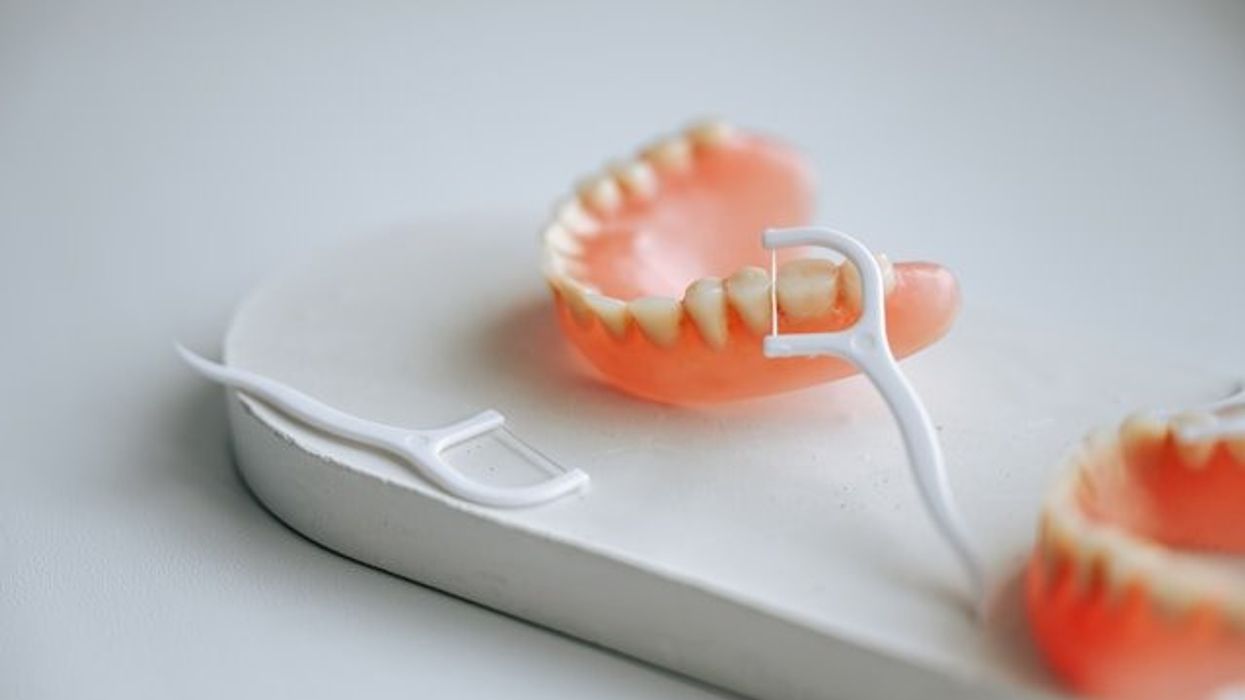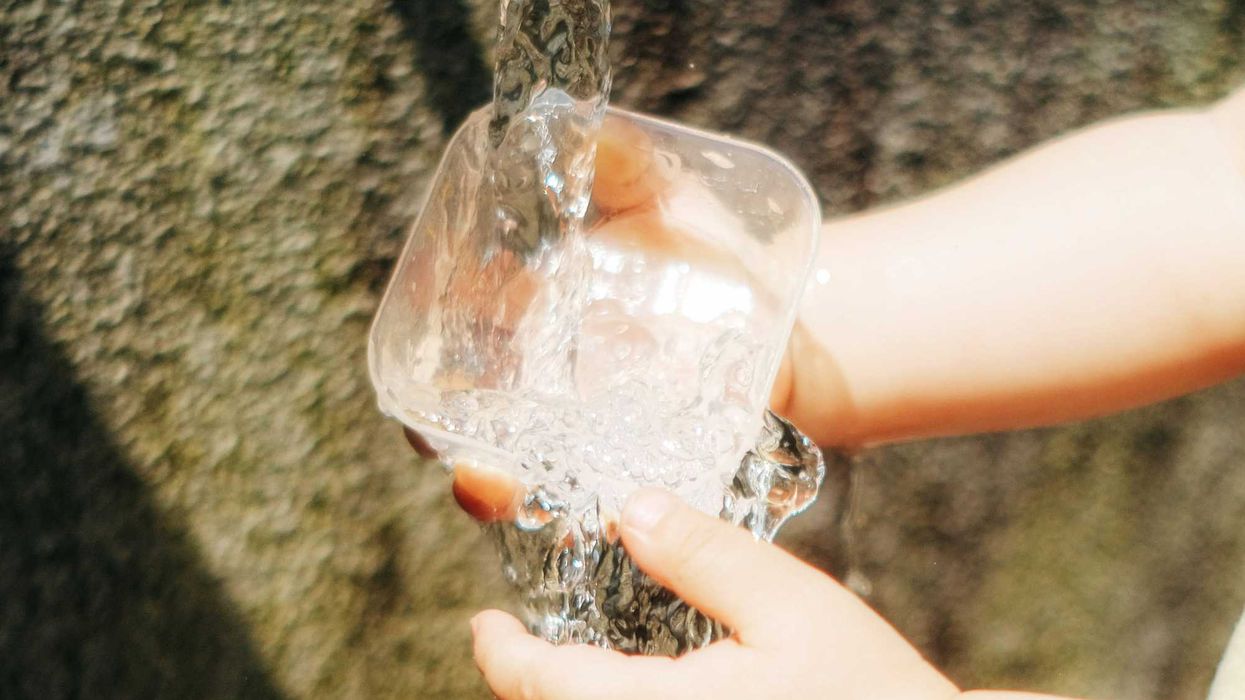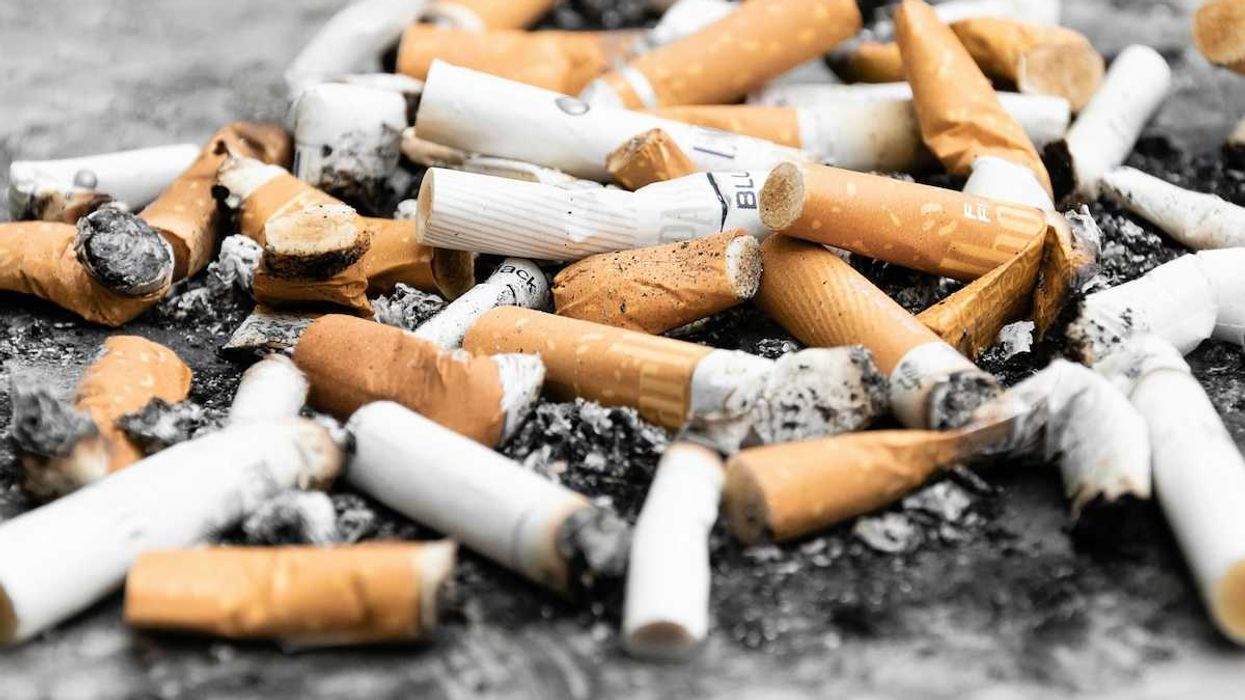Clear plastic devices used in dental care may shed microplastics into the mouth, prompting researchers and clinicians to question their long-term safety.
Zoë Schlanger reports for The Atlantic.
In short:
- Dentists and orthodontists rely on plastic-based tools and devices, from toothbrushes and floss to fillings and clear aligners, many of which release microplastic fragments over time.
- While some exposure is medically necessary, researchers worry about elective or cosmetic uses, such as aligners, which are worn for extended periods and replaced frequently.
- Professional groups like the American Dental Association and the American Association of Orthodontists acknowledge the concern but stress that evidence of health impacts remains inconclusive.
Key quote:
“Prescribing it from a medical standpoint, knowing that it would leach out and cause so many millions of particles to be ingested on a yearly basis, is troublesome, isn’t it? I mean, that’s the first thing, to do no harm.”
— Adith Venugopal, orthodontist and senior lecturer, University of Otago
Why this matters:
Microplastics have become nearly impossible to avoid; they’re in the water we drink, the food we eat, and now, potentially, the medical devices we rely on daily. Dental products offer a direct route for plastic particles into the body, especially with devices like night guards and aligners that sit in the mouth for hours at a time. Though scientists are still studying the health effects of micro- and nanoplastics, early findings link some plastic-related chemicals to hormone disruption and increased risks of stroke and heart attack. Most studies on dental plastics rely on lab simulations, leaving real-world risks largely unquantified. As people of all ages continue to use plastic-based dental products, the lack of data leaves open questions about cumulative exposure and its long-term impact on health.
Related: Rethinking our daily dental routine: The environmental impact of toothbrushes
















